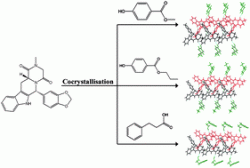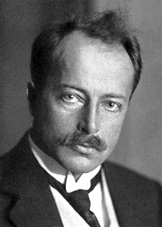This months Crystal Clear shows a near perfect rhombic dodecahedron from Janosch Cravillon, Michael Wiebcke and colleagues at the Leibniz Universitat Hannover in their article published in Issue 2 of CrystEngComm.
The team have investigated crystal morphology of a zeolitic imidazolate framework (ZIF-8) using a solvothermal synthesis in methanol solvent. By modulating the crystallisation process using a simple monodentate ligand they were able to study the crystal morphology with time, discovering via intermediate steps the initially cubic crystals become rhombic dodecahedra as displayed in this striking SEM image.
You can see the team’s images of the crystal evolution and read their findings on modulation and the parameters which affect it in their paper below.
Formate modulated solvothermal synthesis of ZIF-8 investigated using time-resolved in situ X-ray diffraction and scanning electron microscopy
Janosch Cravillon, Christian A. Schröder, Helge Bux, André Rothkirch, Jürgen Caro and Michael Wiebcke
CrystEngComm, 2012, 14, 492-498
DOI: 10.1039/C1CE06002C
If you’re interested in zeolitic imidazolate frameworks there is also this article on the application of ZIF-9 in catalysis. (All articles in Catalysis Science & Technology are free to access for the duration of 2012).
Metal–organic frameworks for catalysis: the Knoevenagel reaction using zeolite imidazolate framework ZIF-9 as an efficient heterogeneous catalyst
Lien T. L. Nguyen, Ky K. A. Le, Hien X. Truong and Nam T. S. Phan
Catal. Sci. Technol., 2012, Advance Article
DOI: 10.1039/C1CY00386K













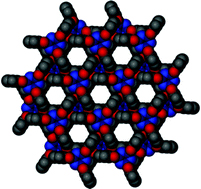
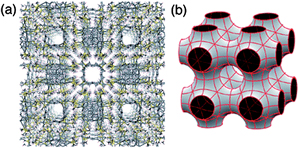


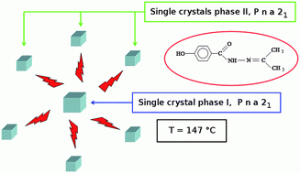

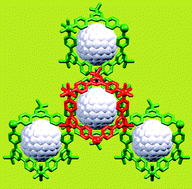 2D and 3D coordination networks with fullerene guests are promising candidates for superconducting materials, with potential applications in gas and information storage.
2D and 3D coordination networks with fullerene guests are promising candidates for superconducting materials, with potential applications in gas and information storage.